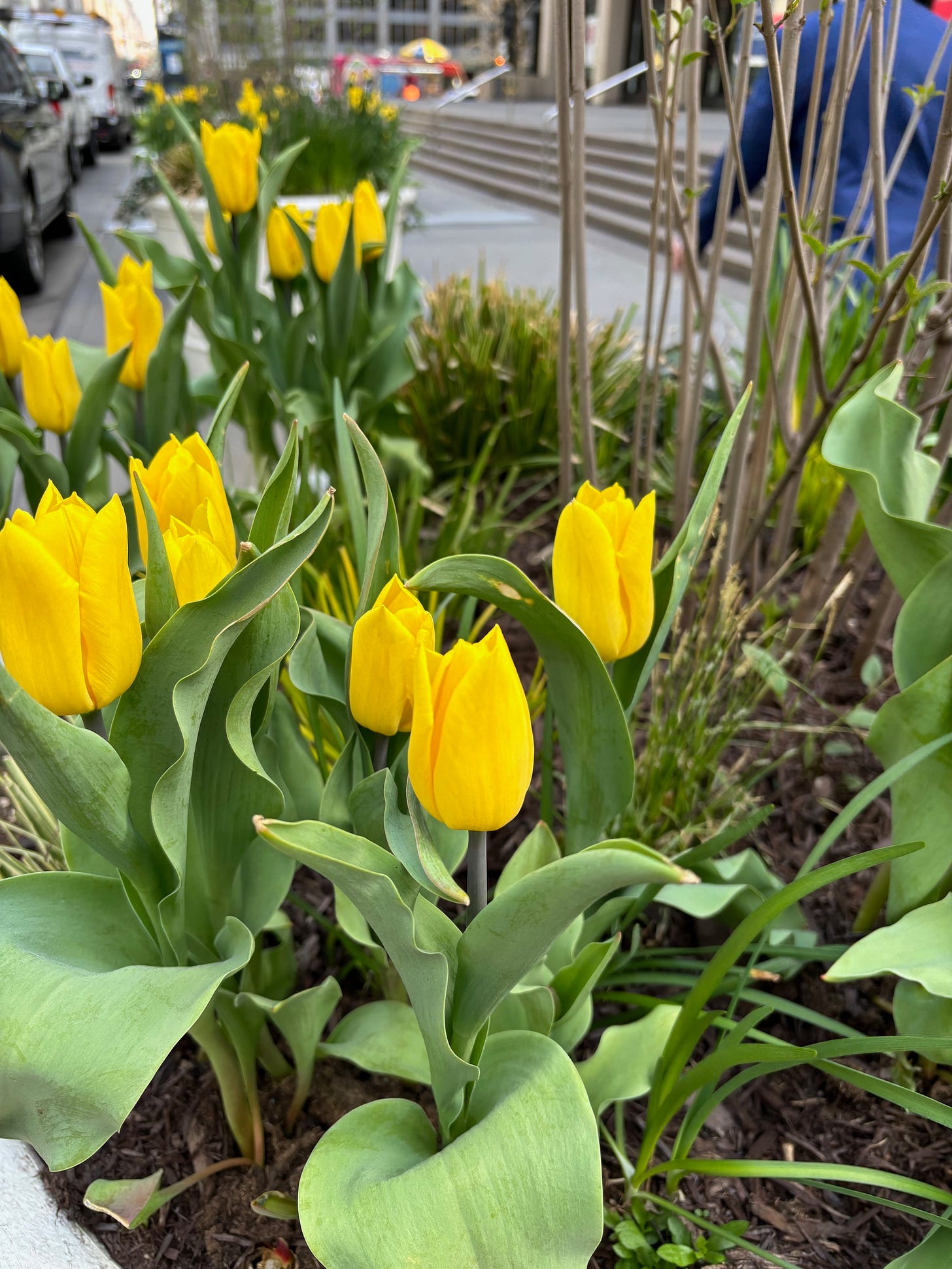I was lounging on the sofa the other night eating a pint of ice cream and watching a rom com on Netflix when I started feeling a little guilty. I write a lot about health and exercise so I know the mantra that our bodies are designed to move. For most of human history, people walked and foraged and did physical work. Hanging out on the sofa is such a new phenomenon that you’d expect my body would object to the inactivity (or at least to the rom-com).
But it didn’t. In fact, my body seemed very happy to be sprawled out in a cushy spot taking in tasty calories. I’ve learned the power of listening to your body, so I listened. But nope—it was not telling me to get off the couch.
A lot of research shows that exercise improves your mood as well as your health. It’s one of the best ways to fight depression. If physical activity makes us feel good, why do we find it so hard to get motivated? While I was researching my new book (due out in January 2025), I discovered that body and mind aren’t always in complete sync when it comes to exercise.
Daniel Lieberman, a chaired professor at Harvard who studies the evolution of the human body, say it’s a myth that our bodies want to exercise. Your body needs to preserve as much energy as it can for the functions necessary to stay alive. The big human brain consumes a lot of energy, as do other basic functions from heart to lungs to gut. On top of that, the key goal for any species—from human to jellyfish—is to reproduce. Wasting energy on peripheral activities (like a treadmill) could interfere with that success.
“In this regard, all animals should be as lazy as possible,” Lieberman says in his fascinating book Exercised: Why Something We Never Evolved to do is Healthy and Rewarding..
Let me make it clear that in our current food-rich society, a trip to the gym or even a string of Ironman Triathlons is unlikely to compromise reproductive success. But your body doesn’t know that. It hasn’t caught up to the availability of drive-through Dunkin Donuts and still wants to preserve calories for essential needs.
Lieberman spent time with hunter-gatherer tribes and other indigenous groups largely untouched by our technology-focused society. He discovered that while they work hard, they don’t expend energy needlessly. “No sensible adult hunter-gatherer wastes five hundred calories running five miles just for kicks,” Lieberman says.
Our instinct to preserve energy conflicts regularly with our understanding that we need movement for our well-being. I always laugh when I drive by a local yoga studio and gym and see all the cars vying for the parking spaces right in front. If everyone is coming to exercise, why not park a little farther away? It’s probably part of our unconscious desire to conserve energy.
We can usually rely on our bodies to get us the information we need, but when it comes to exercise, your higher cognitive functions may need to step in. You’ll feel better if you get off that sofa and take a walk around the block. But unless you’re a highly-trained athlete, don’t expect your body to beg you to get moving.
Exercise stimulates the natural feel-good chemicals in your body, so your body eventually starts to like the idea. (I’ll have more on that in an upcoming newsletter.) But for now, don’t be too hard on yourself. There are many ways to be happy, and sitting on the couch once in awhile may be just what your body wants to do.
Reasons to Be Happy
The first blossoms of spring always seem so brave and hopeful to me. It’s still chilly out and another bout of dreary weather may be ahead, but these bold buds are daring to be bright and cheerful right now. When I encountered these flowers in midtown Manhattan, I made myself stop rushing for a moment and remember to be grateful. Wherever you are, use the early blooms nearby as a very literal reminder to pause and smell the flowers.
Takeaway: However gray the day, you can always look for a bright spot
On the subject of flowers….I always have an orchid in my house from Trader Joe’s—I think it’s the best $14.99 you can spend. So I marveled at the extraordinary orchids from around the world—many of them rare, all of them exquisite— now on display at the New York Botanical Garden. I learned about one that sold for over $100,000 (apparently not at Trader Joe’s) and marveled at the designers who found fashionable uses for orchids. The huge crowds are proof that creativity and flowers are a perfect combo.
Takeaway: Natural wonders inspire us every day
Thanks for reading. I’ll continue finding new research for you that is interesting, fun and unexpected. Please send this newsletter to friends who might be interested. Subscribing is completely free!
love, Janice





